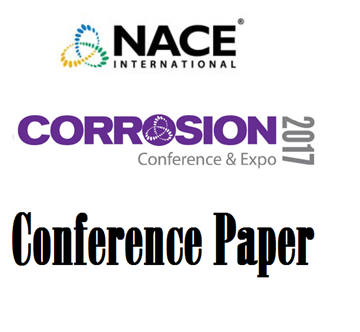Search
10328 Understanding the Treatment of Low Flow Pipelines Using a Solid Time Release Product
Also Purchased
09469 Flow Velocity Required for Particle Movement in Oil and Gas Pipelines
Product Number:
51300-09469-SG
ISBN:
09469 2009 CP
Publication Date:
2009
$20.00
51316-7426-Erosion-Corrosion of Low Carbon Steel Inhibition in Oil-Brine-Sand Flow
Product Number:
51316-7426-SG
ISBN:
7426 2016 CP
Publication Date:
2016
$20.00
51317--9682-Monitoring of Stagnant and Low-flow Lines in Petroleum Refineries
Product Number:
51317--9682-SG
ISBN:
9682 2017 CP
Publication Date:
2017
$20.00
A failure in one of the de-salter relief lines of the crude distillation unit. This paper describes the probable causes and the adopted remedies for the localized corrosion observed in the insulated relief line. Circumstantial evidence and failure morphology were used in arriving at the root cause for this failure.




